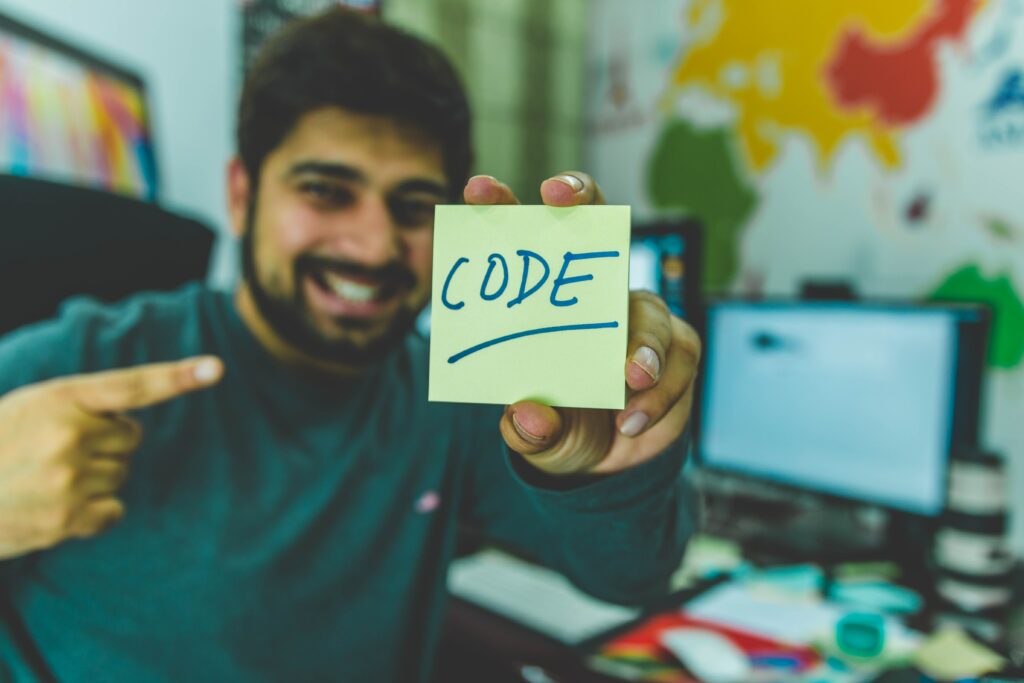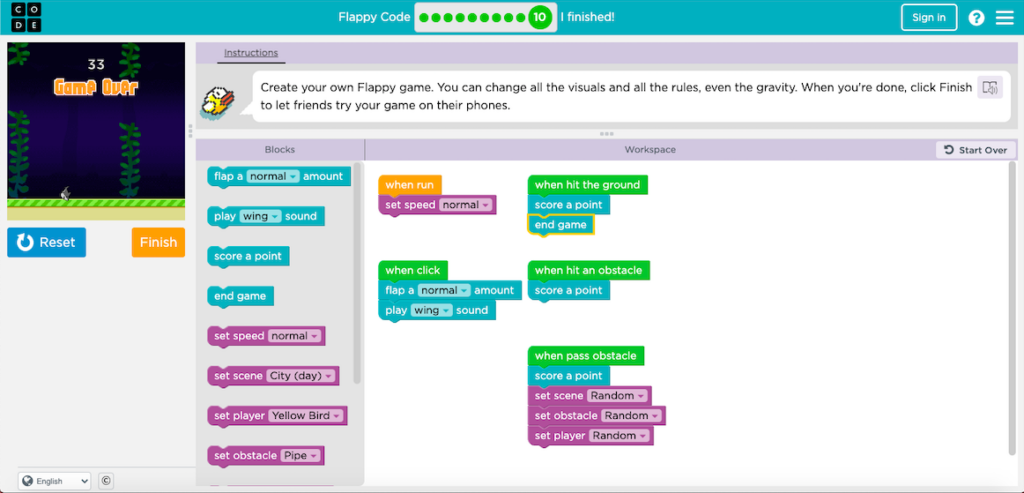Computational Thinking and Problem Solving
Computational thinking can be a great way to help learners become better problem solvers. Through computational thinking, students are required to look at problems as a series of tasks, turning the problem from one big thing into a series of smaller and more manageable steps. This is the algorithm they are creating through decomposition. Students using computational thinking can also become better at pattern recognition; understanding that new problems may be related to problems they have already solved. These skills can then be applied to a variety of problems, making students better problem solvers. It can also help students feel more prepared to tackle problems, especially once they are able to use decomposition and pattern recognition. By using these, students may feel less stressed about big problems, looking at them properly as a series of smaller problems rather than one big issue.

Non-Math Related Opportunities for Coding
As I mentioned, computational thinking can be applied to problem-solving as a whole, making it easily applicable to other subjects, from humanities to sciences. Many problems contain steps, making computational thinking a great resource aide. Coding in schools is generally thought of with regards to mathematics, but in reality it could be used for a variety of subjects. Coding can be used for humanities, creating a story and using coding to animate it. Programs such as Scratch allow learners to create simple animations, which can be great for storytelling. Students can create their character, giving commands that cause them to move along with the story. Voice over can also be added using this program, allowing students to narrate their story if their grade level allows. You can also use this for science, mimicking labs. Students can use coding to run a program that shows what they did for their labs, giving an almost alternative to the usual written lab reports. While coding does generally involve math, it does not have to be the main focus, allowing coding to be presented to children in a way that has them focus on other subjects without even realizing that they are doing math!

Sample Scratch Project – Flappy Bird

Leave a Reply
You must be logged in to post a comment.